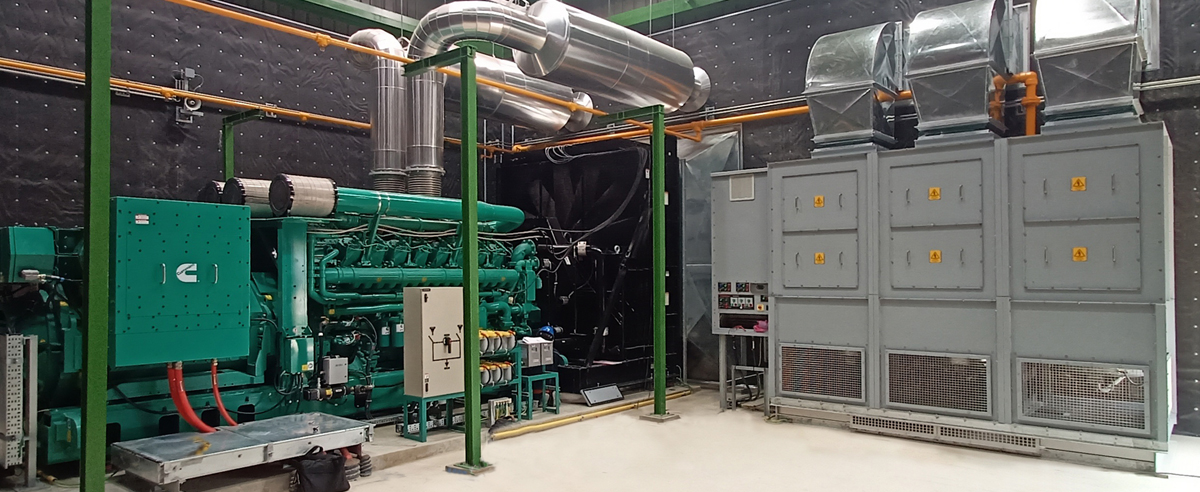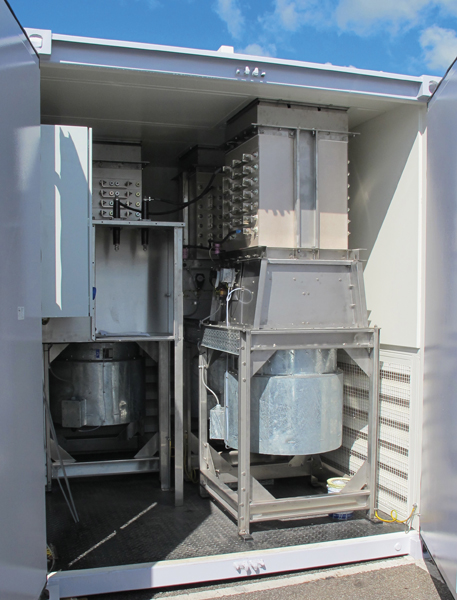- EMAIL: SALES@CRESSALL.COM
- • TEL: +44 (0) 116 273 3633
The infrequency of power outages in most developed countries, and the rarity with which standby sets are called on to run ‘for real’, make regular proving essential if sets are to operate reliably when needed.
In recent years, blackouts in Europe and the U.S. will have been an uncomfortable reminder of this to the many organisations who did have standby generators that failed to work on the day.
BENEFITS OF REGULAR LOAD TESTING

Diesel engines that are regularly run on very low loads – or no load at all – become increasingly unreliable and costly to maintain. The effects include smoky exhausts, carbon build-up, fuel system problems and lubricating oil deterioration, all of which decrease reliability and add to running costs.
All of these consequences can be largely avoided if the set is regularly operated on a load of 40% or more of its rated power.
Many large users of generating sets, particularly the water, power and telecommunications utilities, are now fully persuaded that the relatively low cost of including a fixed load bank at the time of installation is justified by the saving in maintenance costs (including the costs of regular load bank hire) over the life of the set.
For any standby generating set, routine testing which includes on-load running to bring the engine, alternator and radiator up to normal working temperatures is better for the set and means a much higher certainty that it will perform as expected in a real power outage.

PTT Global Chemical Propylene Oxide Project in Thailand for Cummins DKSE. Rating 1000kW: Voltage 6.6kV: Sections 2 x 500kW.
Emergency generator fixed load testing and monthly generator load testing to ensure the diesel genset will run when required at the load level specified to support the local facility network in case of power system failure.
DUMMY LOAD BANKS
In some cases there is a further benefit in that the same load banks can be used as a ballast load during normal operation of the generating set. In those applications where the connected load may vary over a wide range, either as a result of seasonal variations or the nature of the load itself, when the ‘real’ demand is small it can be beneficial to add some additional load to keep the engine operating at least at 20-40% of its capacity.
If a load bank is incorporated into the set when it is built, the only addition needed to the control scheme is a load-sensing relay in the generator control panel.
Cressall Resistors has supplied many such load banks for these applications, with power ratings ranging from 5kW up to 2MW. Customers include generating set builders, contractors and end-users themselves.

